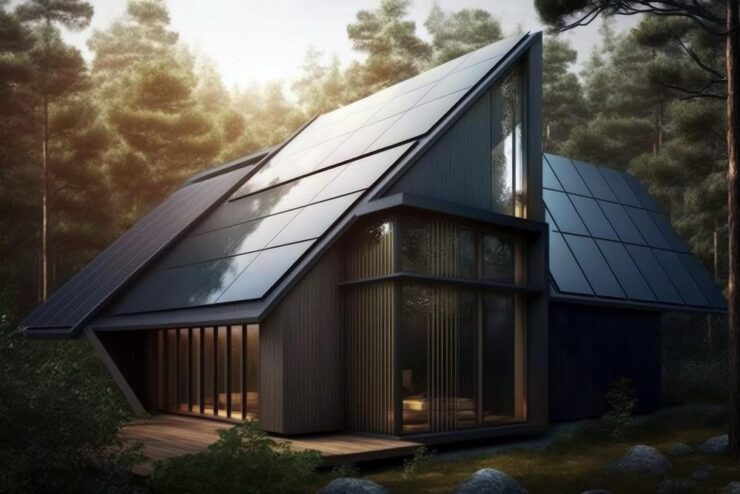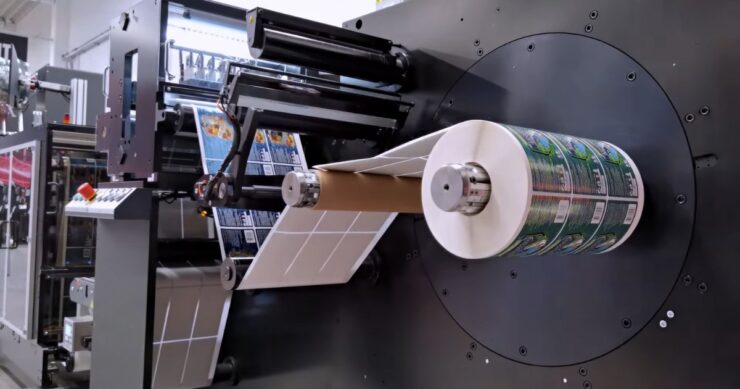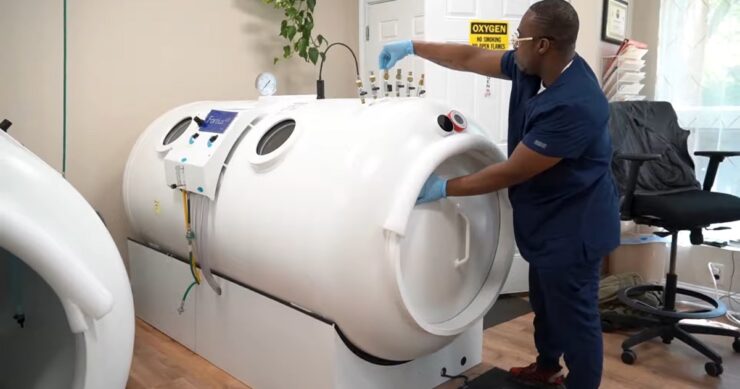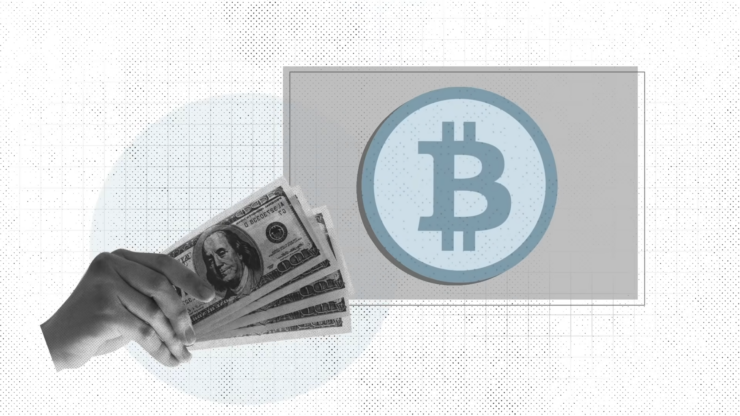
More and more homeowners are looking to the future in an effort to make their homes as technologically advanced and sustainable as possible. This trend toward integrating innovative technologies and eco-friendly solutions is driven by a desire for efficiency, convenience, self-sufficiency and being environmentally responsible.
If you want to future-proof your home and make it zero-energy ready, here are some of the most innovative upgrades to consider.
Smart Home Automation

One of the hottest home upgrade trends is integrating smart home technology for advanced automation and control. Smart home systems allow you to automate things like lighting, temperature, security, entertainment and more through your smartphone, tablet, or voice commands. With a comprehensive smart home platform, you can:
- Control lighting, both indoor and outdoor, remotely. Turn lights on or off, dim, brighten and change colors from anywhere. Set lighting schedules and themes to match your daily routine and lifestyle. Create customized scenes for entertaining or relaxing. Integrate smart bulbs, switches, plugs and built-in lighting.
- Adjust your home’s temperature settings and create custom HVAC schedules for maximum energy efficiency. Optimize heating and cooling for when you are home versus away. Integrate with a smart thermostat for precision temperature control based on real-time conditions and usage patterns.
- Monitor your home’s security system, including security cameras, remotely. Arm and disarm the system from your phone. Get notifications of activity so you always know what’s happening. Integrate door locks, motion sensors, smoke detectors and more.
- Control nearly any electronic device in your home using your voice, an app or the system’s central hub. From the TV and sound system to motorized window coverings and the coffeemaker, smart homes allow complete control.
Smart home technology can be retrofitted into existing homes or integrated directly during new construction and remodeling projects. Expert installers can build a customized system meeting your exact needs and lifestyle. The end result is a home that maximizes efficiency and minimizes your day-to-day efforts. These automated systems aim to anticipate your needs and take care of the details so you can focus on living.
Home Energy Efficiency

There are many ways to upgrade your home’s energy efficiency. Things like insulation, weatherproofing, ENERGY STAR certified appliances and HVAC systems all help reduce your ongoing utility costs. Programmable and smart thermostats make it easy to optimize heating and cooling. But one of the most innovative efficiency upgrades is the installation of solar panels. According to the folk at Vivint Solar, a properly designed home solar panels system can provide most or all of your home’s electricity needs through renewable energy.
Key components of a solar system include photovoltaic panels mounted on your roof and an inverter for converting solar energy into usable AC electricity. Grid-tied systems allow excess energy production to be fed back to the utility company. This enables the meter to essentially run backward on sunny days. Most systems also include internet connectivity so they can be monitored and managed remotely through your phone or computer.
Additional components like batteries or a generator provide supplemental energy storage for use during nighttime hours or when the sun isn’t shining. With enough storage capacity, some homes can operate off-grid entirely independent of the utility company.
A properly sized home solar panels system provides the ultimate in energy independence and self-sufficiency. It also significantly reduces your carbon footprint for an environmentally friendly way to power your home using renewable energy from the sun.
Water Conservation Systems
Along with energy efficiency, homeowners are also looking for ways to conserve water. There are simple solutions like low-flow plumbing fixtures, faucet aerators and high-efficiency toilets. But innovative upgrades like rainwater harvesting and graywater systems take conservation to the next level.
Rainwater harvesting uses an efficient gutter system to collect water runoff from your roof. The water is filtered to remove debris and then stored, usually in large tanks or cisterns. Once collected, you can use the rainwater for irrigation or other non-potable usages around the home.
Graywater systems capture and recycle water from sinks, showers, washing machines and similar sources. The gently used water is filtered, treated, and disinfected before being routed to toilets for flushing or to the landscape for irrigation.
Both rainwater and graywater systems significantly reduce demands on municipal or well water supplies. They provide an independent water source that is always available, rain or shine. You’ll enjoy the satisfaction of reducing your environmental impact through highly efficient water usage.
Green Roofs and Walls
Green roofs and living walls are innovative ways to literally add plants and vegetation to a home’s architecture. Green roofs are built directly over conventional roof decks using waterproofing, drainage layers and engineered growing media. Suitable drought-tolerant vegetation is then planted in the media. The plants help insulate the home, reducing heating and cooling demands.
Living walls work on the same principle, but are vertical installations mounted on exterior or interior walls. Combining plants and technology, they add natural beauty to any space while providing insulation and reducing energy usage.
Green roofs and walls can also reduce stormwater runoff, absorb air pollution, mitigate urban heat island effects, and provide wildlife habitat. They are a highly visible way to express your commitment to sustainability.
Eco-Friendly Building Materials
You can also make your home more sustainable through the use of eco-friendly building materials. Options include:
- Stone and tile made from recycled materials.
- Bamboo or cork flooring with low VOCs.
- Natural linoleum flooring made from renewable resources.
- Insulation made from recycled paper and plastic.
- Reclaimed wood from old barns or buildings.
Using building materials made from recycled, renewable, sources reduces your environmental impact. Many of these materials are also very durable, paying dividends for years to come.
Conclusion

Innovative upgrades like these provide a glimpse into future-ready living. Not only do they make homes smarter, more efficient, and self-sufficient, but they also reflect the priorities of environmentally conscious homeowners looking towards the future. If your goal is a cutting-edge home that takes full advantage of the latest technology, these innovative solutions will get you there.














